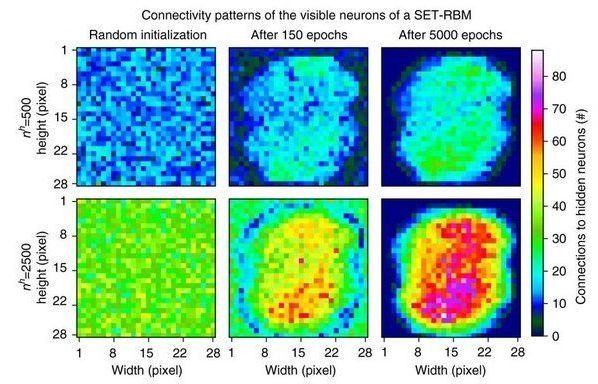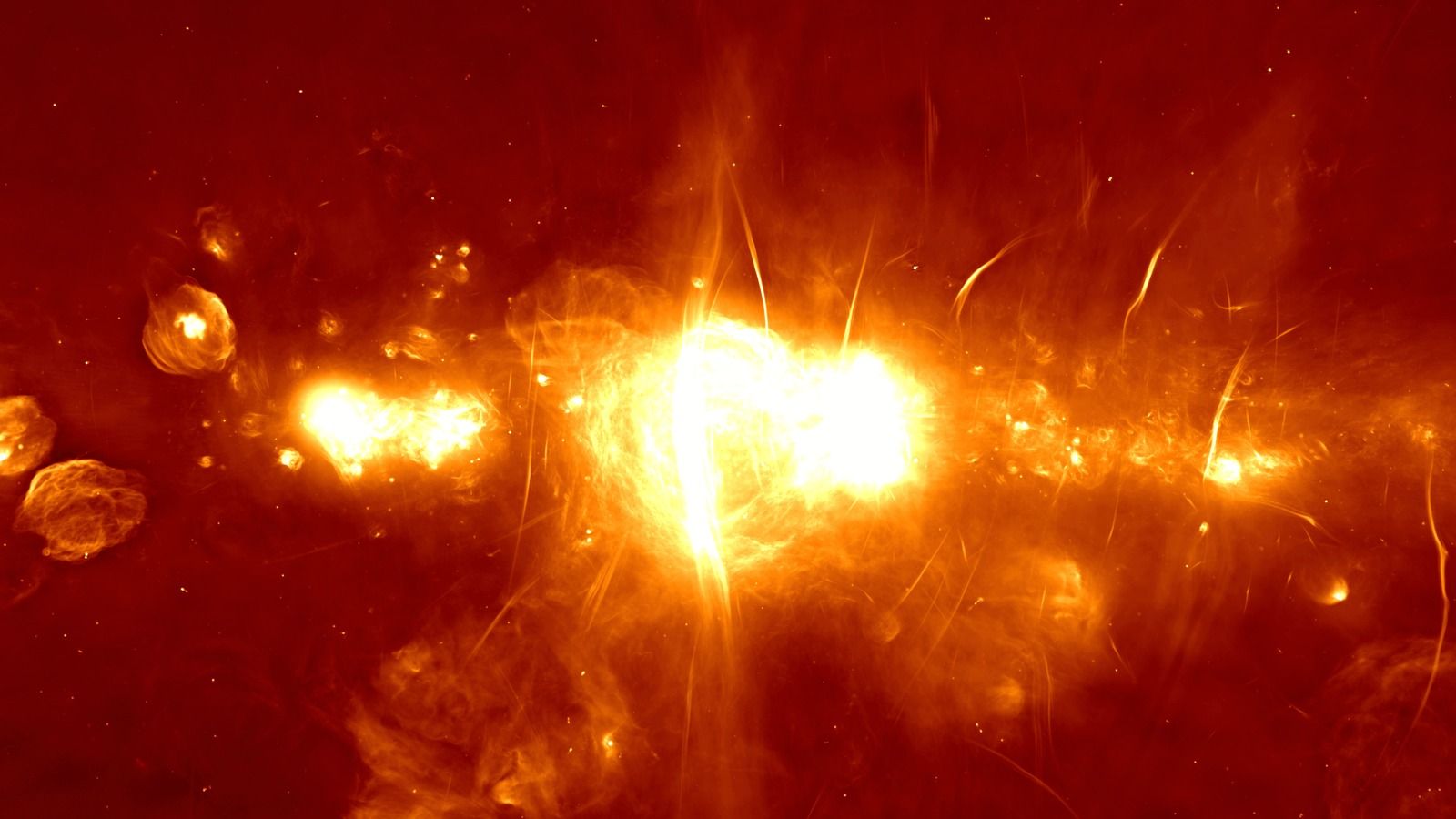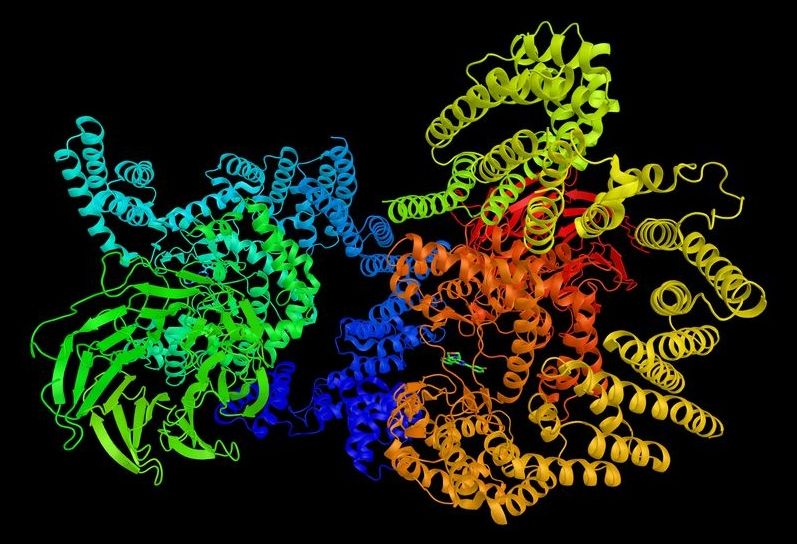12-hour days, 730 days a year. Could you cope with that?
Get the latest international news and world events from around the world.
5 Incredible VR Experiences
These super-realistic VR experiences tricked our senses.

You can fly the Blackfly without a license
Just take our money now.

New AI method increases the power of artificial neural networks
An international team of scientists from Eindhoven University of Technology, University of Texas at Austin, and University of Derby, has developed a revolutionary method that quadratically accelerates artificial intelligence (AI) training algorithms. This gives full AI capability to inexpensive computers, and would make it possible in one to two years for supercomputers to utilize Artificial Neural Networks that quadratically exceed the possibilities of today’s artificial neural networks. The scientists presented their method on June 19 in the journal Nature Communications.
Artificial Neural Networks (or ANN) are at the very heart of the AI revolution that is shaping every aspect of society and technology. But the ANNs that we have been able to handle so far are nowhere near solving very complex problems. The very latest supercomputers would struggle with a 16 million-neuron network (just about the size of a frog brain), while it would take over a dozen days for a powerful desktop computer to train a mere 100,000-neuron network.
Travel Faster and Further Than Ever Before
The future of travel is speeding towards us.

New South African Telescope Releases Epic Image of the Galactic Center
You’re looking at the center of our galactic home, the Milky Way, as imaged by 64 radio telescopes in the South African wilderness.
Scientists released this image today to inaugurate the completed MeerKAT radio telescope. But these scopes form part of an even more ambitious project: the Square Kilometer Array, a joint effort to build the world’s largest telescope, spanning the continents of Africa and Australia.

Satellite startups turn to reinventing broadband, mapping and other industries
Smartphones have disrupted transportation, payments and communication. But the underlying technology has tangentially changed a completely different sector: satellites.
The advances made in miniaturizing technologies that put a computer in your pocket — cameras, batteries, processors, radio antennas — have also made it easier and cheaper for entrepreneurs to launch matter into space. And investors are taking notice.
The chart below shows worldwide venture and PE investment in satellite technology companies.

Inhibition of mTOR Appears to Boost Aged Immune Systems
Inhibiting TORC1 might boost the immune system of the elderly.
In a recent study conducted by researchers at the Novartis Institutes for Biomedical Research in Massachusetts, inhibition of mTOR complex 1 boosts the immune system of aged people, decreasing their yearly rate of infections as well as increasing their response to an influenza vaccine [1].
Study summary